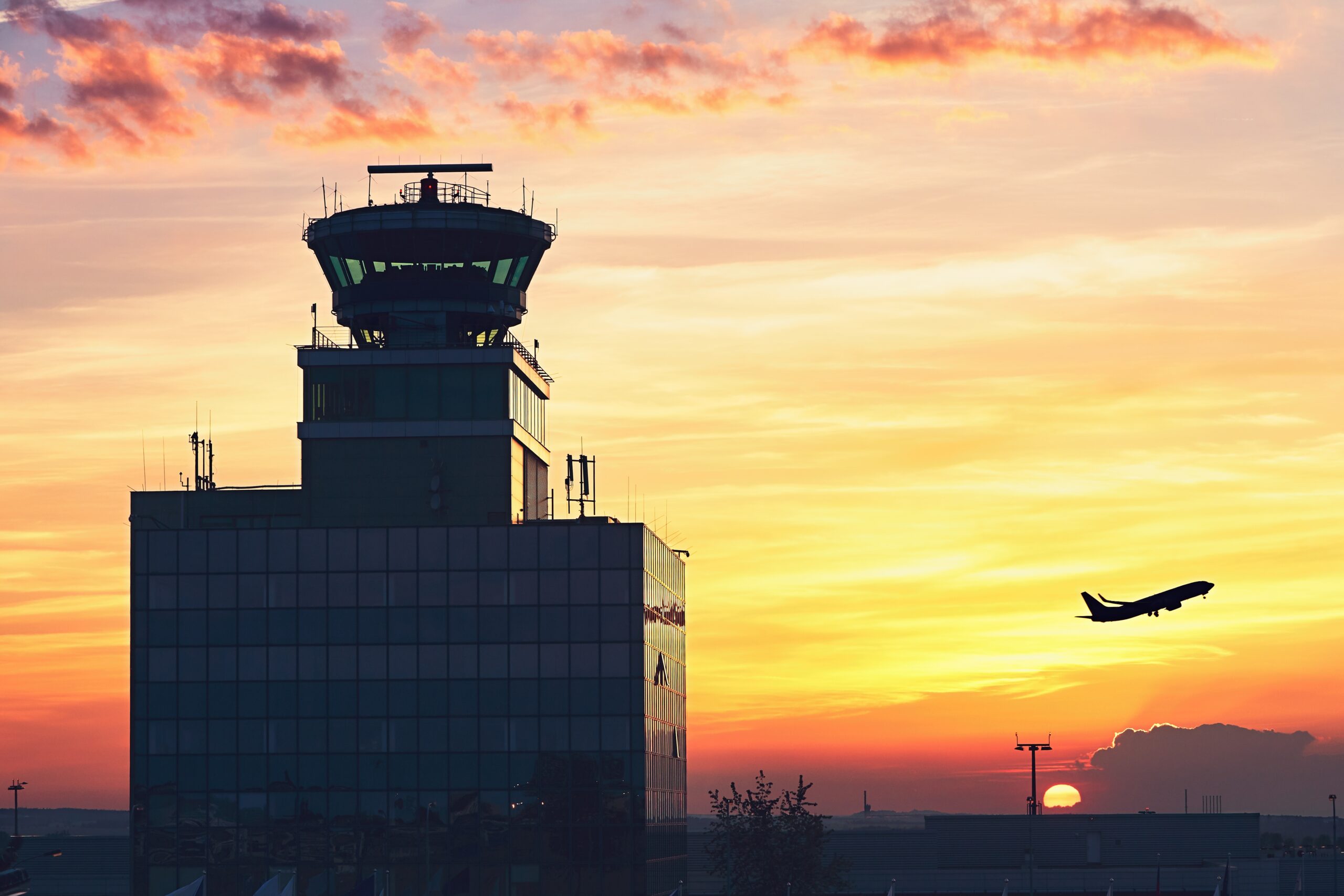An increasing volume of traffic has been compounding the workload and near-miss rate for air traffic controllers
 There are numerous recent concerns about the state of air travel with employee shortages across all sectors bearing the brunt of the blame. The growth in demand across every sector of air travel has caught the supporting infrastructure somewhat unaware and scrambling to keep up.
There are numerous recent concerns about the state of air travel with employee shortages across all sectors bearing the brunt of the blame. The growth in demand across every sector of air travel has caught the supporting infrastructure somewhat unaware and scrambling to keep up.
Advanced technology and regulatory safety measures have allowed modern airspace to become more “crowded” with aircraft today. Due in part to a lack of qualified professionals capable of managing the increased volume, delays, inefficiencies, and near-miss incidents have been on the rise.
Although airspace today can support more aircraft technologically speaking, there are still regulatory measures in place that prevent unsafe conditions within terminal airspace environments. Let’s take a closer look at why air traffic control delays and near-miss incidents happen and how the system is designed to maximize the safe utilization of modern airspace.
Oceanic Airways: Managing the Flow
The most restrictive domestic airspace that is used quite regularly exists off the East Coast of the United States and around the Caribbean islands. Oceanic routes regularly take aircraft into regions where radar coverage is less reliable and separation timing takes precedence.
There are a finite number of published oceanic routes that connect major US cities on the East Coast as well as popular Caribbean destinations. Because the route structure is so limited and the airspace is busy, aircraft require more strict separation from each other than they do where radar coverage is more reliable.
Busy travel seasons like spring break, therefore, regularly see delays as air traffic controllers work to manage the critical oceanic airspace separation.
Terminal Airspace: Worker Shortages and Near Misses
Terminal airspace, as the name implies, is designed to let air traffic controllers manage the rate at which aircraft arrive at and depart from busy airport terminals in the United States. The controllers working in this airspace hold the highest ratings and have strict work rules (like those for flight crews) which are meant to preclude fatigue and errors in judgment.
Recently, shortages of air traffic controllers have complicated the terminal environment in more noticeable ways than in other areas due to certain high-profile near-miss incidents. Many experts in aviation safety agree that mandatory overtime and six-day work weeks for air traffic controllers have led to these more frequent “close calls” in the last decade.
The increased workload for air traffic controllers, specifically ones who work in terminal radar environments, stems from greater volumes of aircraft flying coupled with a stagnant number of controllers to manage them. To mitigate safety concerns, ground delays today are more common than in years past, even when bad weather isn’t a factor.
Finding Solutions for the Future
The only way to improve the efficacy and continued safety of airspace utilization in the short term is simply to attract more talent into the air traffic control profession. The FAA hired 1,500 controllers in 2023 alone to combat the air traffic controller shortage which is a promising sign for the health of our national airspace system in the years to come. The FAA is in a much better position today regarding staffing than they were just three years ago, but the growth of air travel doesn’t show many signs of slowing.
In the years to come the FAA will have to carefully manage their continued staffing efforts to stay ahead of the curve. Future advancements in technology and adoptions of current technology, like CPDLC, will also help to make better use of our airspace system while enhancing its safety.




